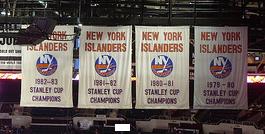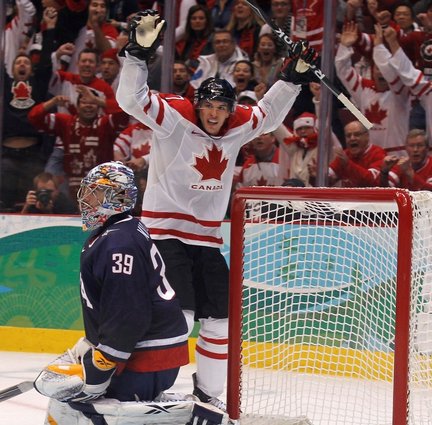The Endeavor staff just started a new training program last week, and it has been absolutely brutal. David was quoted saying, “this is the last time I let you write our program.”
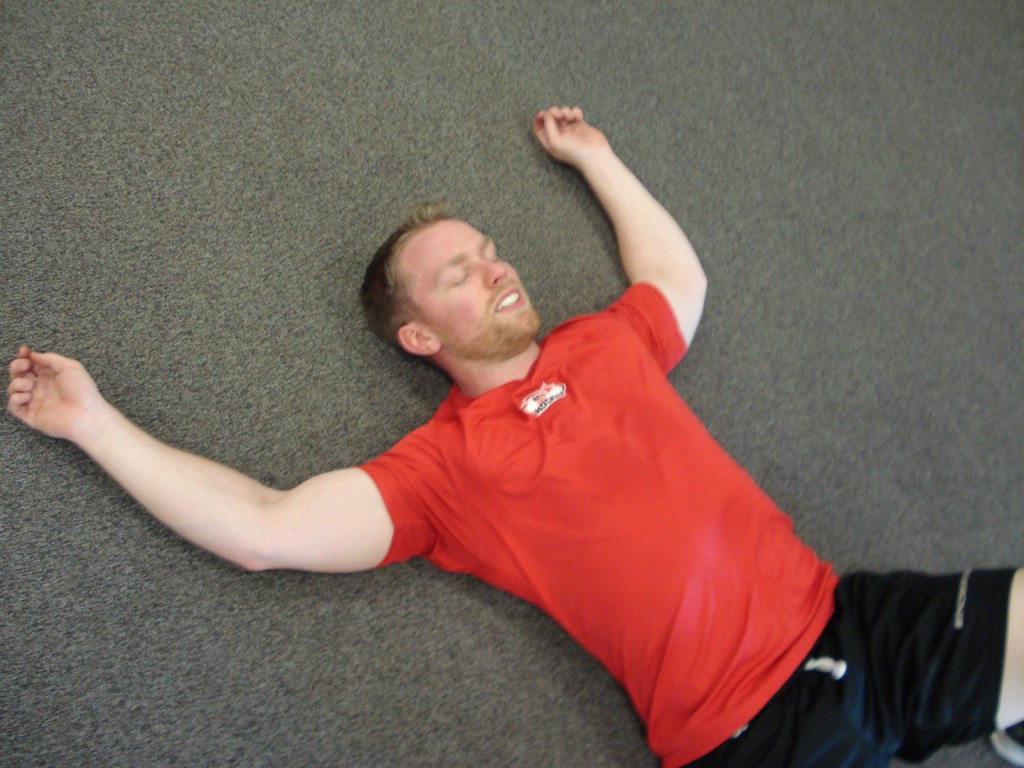
Volume. My worst enemy.
I was quoted saying, “uh…ah…oh…I hope I don’t throw up on myself.” In brighter news, I have some great info for you today. Before I get to that, I want to let you know about an upcoming event that I’m really excited to attend.
My friend Joe Dowdell is probably the best strength and conditioning coach you’ve never heard of. Unlike the guys that preach, but don’t practice, Joe has been quietly developing his systems over the last 17 years and has built one of the U.S.’s top training facilities in Peak Performance NYC. In fact, Men’s Health voted Peak the “Hottest Gym in America.” Joe and I spoke for an hour on Monday and, in a nutshell, he’s going to start revealing the secrets to his success, both from a training and a business standpoint. He’s kicking it off with a webinar called: The 5 Key Ingredients to Building a Successful Fitness Business & Career.
This may not appeal to all of you depending on your situation, but I grabbed a spot and am really looking forward to it so I wanted to share it with you. Joe is a great guy and his success speaks for itself, so I’m sure we could all pick up on a thing or two to help us do our jobs a little more effectively. Go to the link below to read more about:
>> The 5 Key Ingredients to Building a Successful Fitness Business & Career <<
Moving on to today’s content…
A lot of times “new” training information will come out and a group of people will start regurgitating it with a sense of evangelical enthusiasm. Unfortunately, it tends to be the people with the least profound comprehension that have the loudest voices (more on this in last week’s post: Internet Hockey Training Experts). The “experts” that don’t actually train people aside, some people just catch wind of something and don’t understand the context in which it’s meant to be interpreted.
One example of this is when a lot of the strength and conditioning world started getting into Stuart McGill’s lower back research. I think it’s fair to credit Mike Boyle with really bringing McGill’s work to the forefront of the training industry. Although McGill’s work is incredibly extensive (if you actually read his research!), the major interpretations that came out of what people interpreted his work to say were:
- We shouldn’t flex at the lumbar spine during exercise
- We shouldn’t rotate through the lumbar spine
The implications for these messages will differ depending on your setting, but the most important thing to note is that NOTHING IN HUMAN PERFORMANCE IS BLACK OR WHITE!
McGill’s research demonstrated that a certain number of flexion/extension cycles would lead to a lumbar disc herniation. This research was performed on unsupported pig spines.
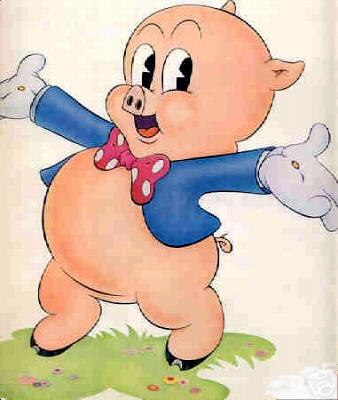
How will I maintain my six-pack without crunches!
In other words, in this experimental model, there was essentially no ligamentous or muscular support to attenuate (reduce) the force being transmitted through the spinal column. This is an important limitation to the implications of McGill’s findings. This isn’t to say that they should be completely dismissed. In fact, I think McGill’s findings in this area specifically shed a lot of light on the insanity that is the common practice of sitting for 18 hours/day and then rolling onto the floor to bang out a few hundred crunches. That is stupid, and no one should do it. It also highlights the importance of being able to dissociate hip and lumbar movement so that people don’t unnecessarily flex and load through the lumbar spine, when they should be flexing and loading through the hips.
On the other hand, for people that spend the majority of their day in upright positions, have decent posture and generally don’t subject themselves to significant amounts of prolonged spinal flexed postures and the associated tissue creep, using some spinal flexion exercises intermittently probably isn’t the worst thing in the world. The reason you haven’t heard me mention this stance much (if ever) here is because this applies to a very small percentage of the population and therefore shouldn’t be made as a general recommendation. In other words, I recognize the room for misinterpretation in saying “crunches are good” or “crunches are bad” and would rather err on the side of being safer for a larger audience than the alternative.
That said, there is a very fundamental principle that the body abides by-use it or lose it! If you never flex or extend at the lumbar spine, eventually you will lose this range of motion and the neuromuscular control of the ROM, which will have negative implications for your overall health and performance. This isn’t to say that you need to program flexion/extension exercises into your program, only that these movements are available for a reason and that you shouldn’t go out of your way to never move at the lumbar spine. As Charlie Weingroff pointed out in Training = Rehab Rehab = Training, there is a difference between movement and exercise. What is good for a movement isn’t necessarily good to hammer with load or volume in your training programs.

Charlie is a genius.
A similar thing can be said about lumbar rotation. Because of the structure of the lateral processes of the lumbar spine, rotation in this area is EXTREMELY limited (~13 degrees). In contrast, the thoracic spine is more appropriately built for rotary movements (~70 degrees). Again, this information should cause some people to stop doing 300 reps of Russian twists during their “core” work, but it certainly doesn’t mean the lumbar spine shouldn’t rotate at all. Repetitively and forcefully driving loaded lumbar rotation through end range is stupid. Rotating within the lumbar spine’s given rotation range of motion is not.
In fact, telling someone to never rotate through their lumbar spine at all is flat-out dangerous. If you’re rotating through the thoracic spine, you want a clean continuation of the rotation through the spinal column. If you cue someone to consciously stop the rotation at some point along the column (e.g. T12/L1), they’ll lose the rotation ROM below that point. Although the rotation below this point is not very substantial, it’s still quite important. A loss of ROM at any point will cause a compensatory increase in range of motion at some other point in the pathway. In this case, it’s likely to be higher up the spinal column. In other words, the conscious cessation of ANY lumbar rotation ROM will cause a lumbar HYPOmobility (less ROM), which will result in a thoracic HYPERmobility (too much ROM), neither of which are desirable.
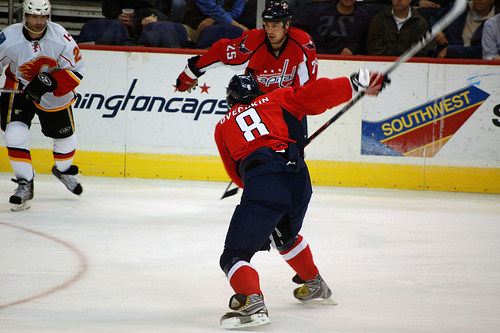
WAIT! Do NOT rotate through your lumbar spine! I don’t care how unnatural it feels to stop spinal rotation segmentally.
I can’t emphasize enough that I’m NOT saying to go back to archaic core training methods of doing thousands of crunches, sit-up, leg throwdowns, Russian Twists, etc. We’ve come a long way in our understanding of the true function of the core and going back to these things as a primary training modality would be unacceptably regressive. The point is that every exercise recommendation has a context and you can’t overlook that in making recommendations or judging the recommendations of others. Are lumbar flexion and rotation great exercise choices for the majority of the population? Certainly not. But they are necessary movement capacities that everyone should maintain and learn to control. When people take a completely black or white outlook on movement concepts, people usually end up hurt. It’s important to understand the context in which information is being conveyed before spreading it on a massive scale.
To your success,
Kevin Neeld
Please enter your first name and email below to sign up for my FREE Athletic Development and Hockey Training Newsletter!


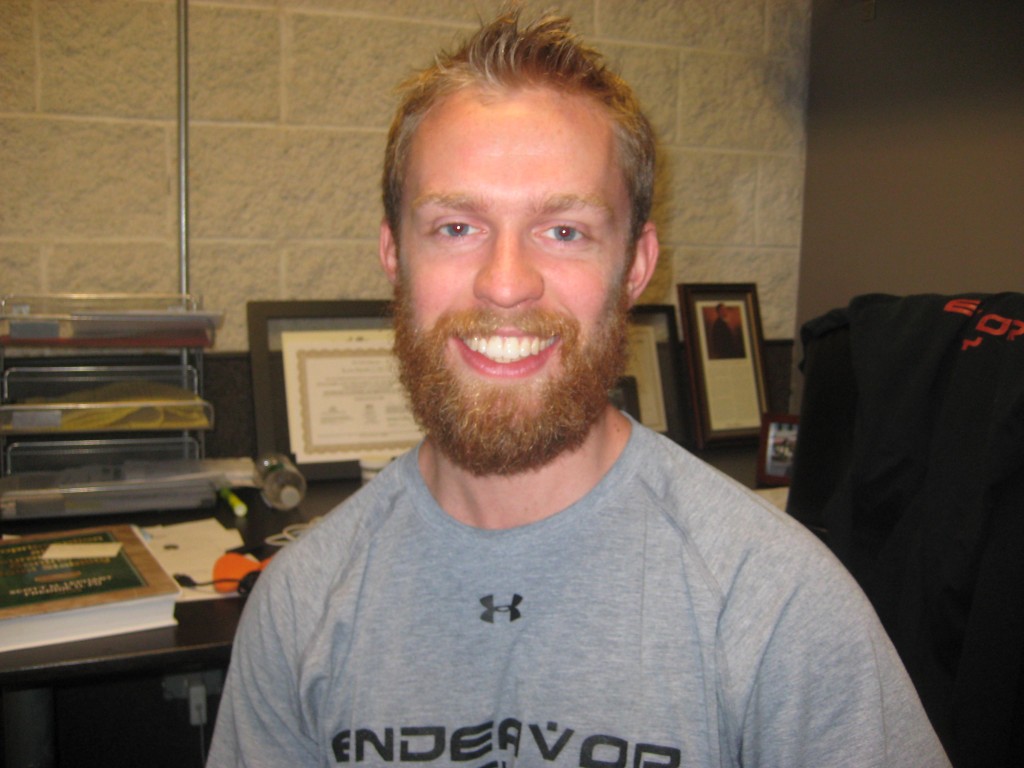 Chicks dig guys with thick playoff beards
Chicks dig guys with thick playoff beards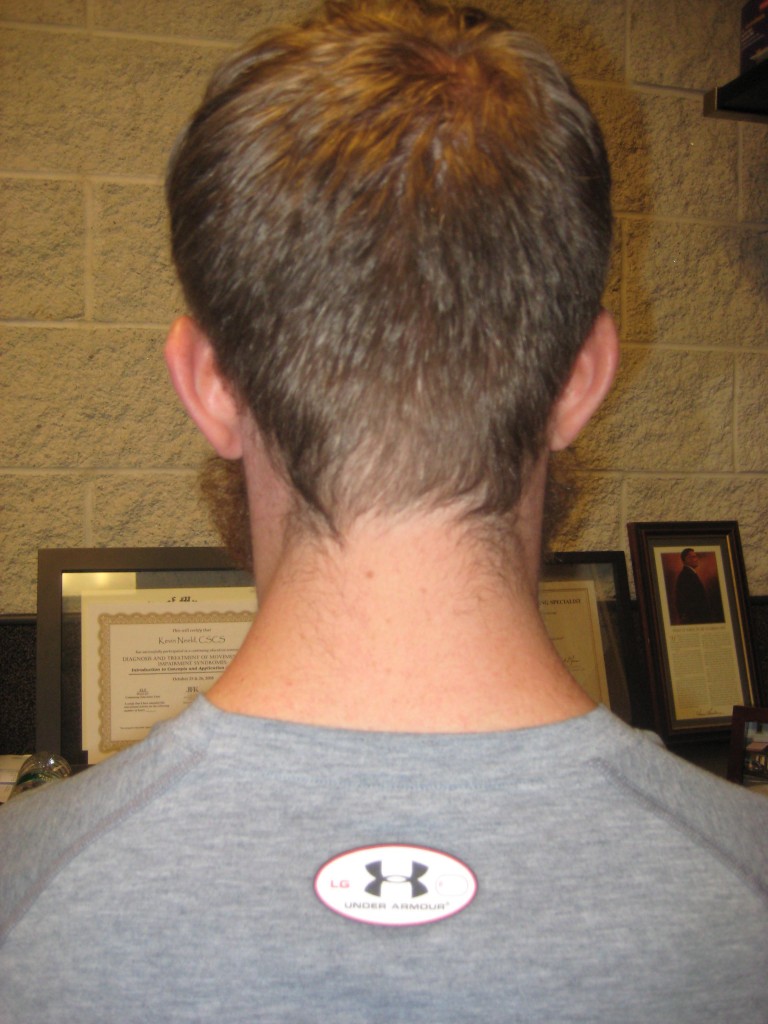
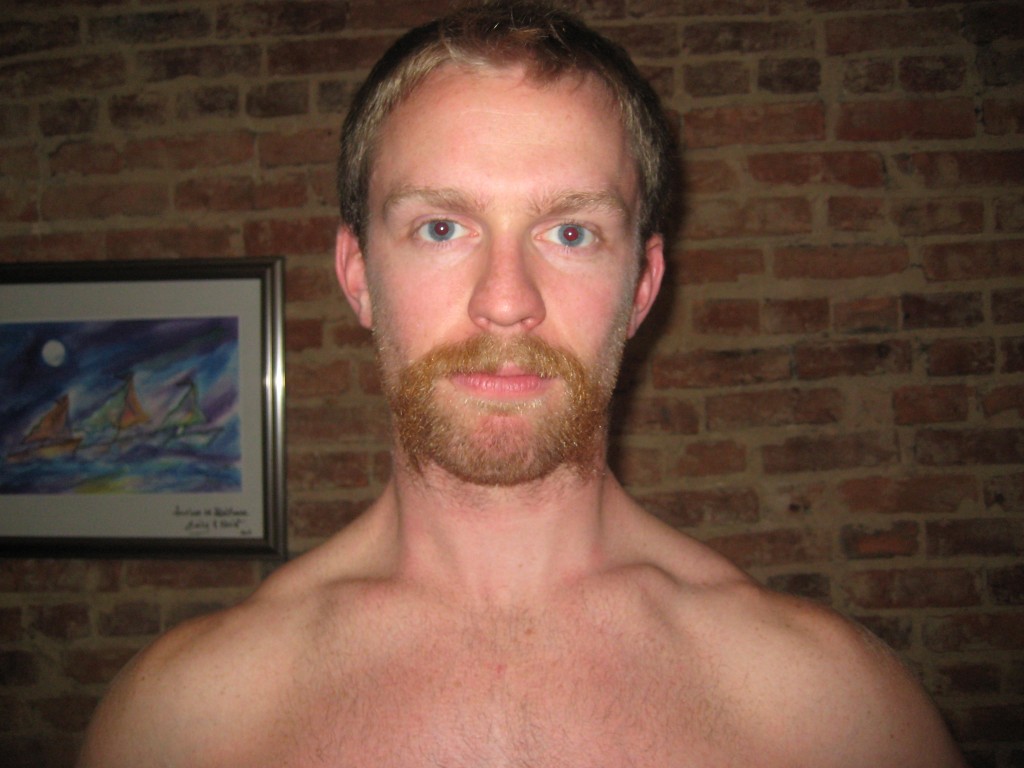 Sorry ladies. I’m taken.
Sorry ladies. I’m taken.




